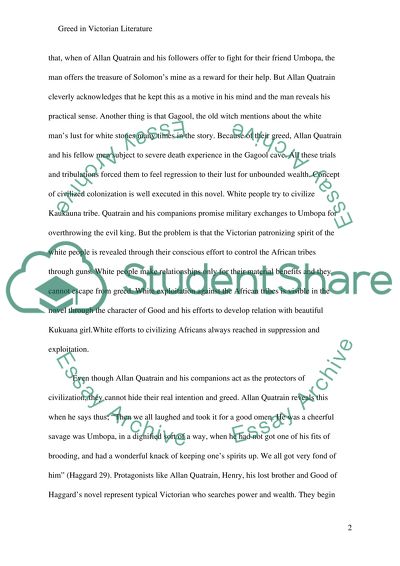Cite this document
(“Greed in Victorian Literature Essay Example | Topics and Well Written Essays - 1250 words”, n.d.)
Retrieved from https://studentshare.org/environmental-studies/1422644-greed-in-victorian-literature
Retrieved from https://studentshare.org/environmental-studies/1422644-greed-in-victorian-literature
(Greed in Victorian Literature Essay Example | Topics and Well Written Essays - 1250 Words)
https://studentshare.org/environmental-studies/1422644-greed-in-victorian-literature.
https://studentshare.org/environmental-studies/1422644-greed-in-victorian-literature.
“Greed in Victorian Literature Essay Example | Topics and Well Written Essays - 1250 Words”, n.d. https://studentshare.org/environmental-studies/1422644-greed-in-victorian-literature.


